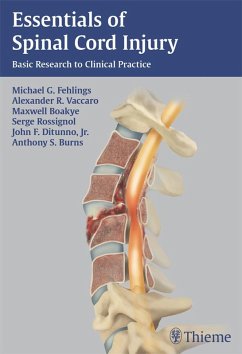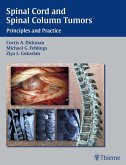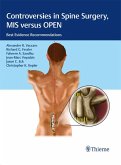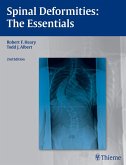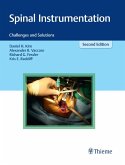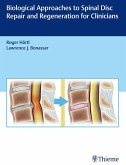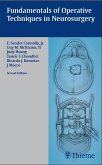The definitive guide to putting spinal cord injury research into practice
Essentials of Spinal Cord Injury is written for the spinal cord injury (SCI) team and reflects the multidisciplinary nature of treating patients with SCI. It integrates emerging medical and surgical approaches to SCI with neuroanatomy, neurophysiology, neuroimaging, neuroplasticity, and cellular transplantation. This comprehensive yet concise reference will enable neurosurgeons, orthopedic surgeons, neurologists, and allied health professionals caring for SCI patients to translate research results into patient care. It is also an excellent resource for those preparing for the board exam in SCI medicine.
Key Features:
This is a must-have guide that all neurosurgeons, orthopedic surgeons, neurologists, and allied health professionals involved in the care of spinal cord injury patients should have on their bookshelf.
Essentials of Spinal Cord Injury is written for the spinal cord injury (SCI) team and reflects the multidisciplinary nature of treating patients with SCI. It integrates emerging medical and surgical approaches to SCI with neuroanatomy, neurophysiology, neuroimaging, neuroplasticity, and cellular transplantation. This comprehensive yet concise reference will enable neurosurgeons, orthopedic surgeons, neurologists, and allied health professionals caring for SCI patients to translate research results into patient care. It is also an excellent resource for those preparing for the board exam in SCI medicine.
Key Features:
- Material is cross-referenced to highlight relationships between the different areas of SCI
- Chapters are concise, focused, and include key points, pearls, and pitfalls
- An Overview of the Literature table is provided in most chapters, giving readers a meaningful distillation of each publication referenced
- Each editor is a world-renowned expert in one of these core disciplines involved in the management of SCI patients: neurosurgery, orthopedic surgery, spinal cord science, and rehabilitative medicine
This is a must-have guide that all neurosurgeons, orthopedic surgeons, neurologists, and allied health professionals involved in the care of spinal cord injury patients should have on their bookshelf.
Dieser Download kann aus rechtlichen Gründen nur mit Rechnungsadresse in A, D ausgeliefert werden.

